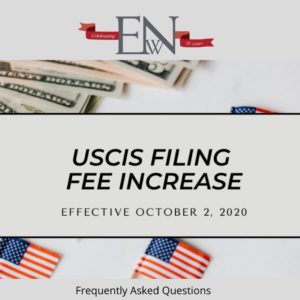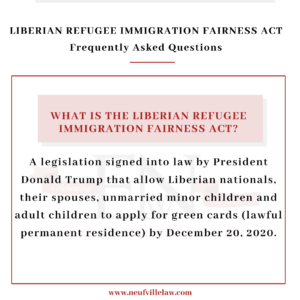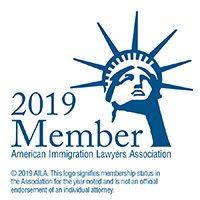Employer Sanctions: The Basics
Employers may only hire or continue to employ aliens who are authorized to work in the U.S.
Employers must verify the identity and employment authorization of every employee after November 6, 1986, by use of the Form I-9. This form must be retained for three years after employment begins or one year after termination, whichever is longer.
I-9s must be made available for inspection by U.S. Citizenship and Immigration Services (USCIS) (a part of the Department of Homeland Security) upon three days’ written demand notice by USCIS. Employers have the right to a hearing before an administrative law judge in the event of violations.
Fines for paperwork and employment violations range from $110 to $11,000. Criminal penalties can apply for a “pattern or practice” of hiring unauthorized aliens.
Employers may not discriminate against employees based upon citizenship, lawful permanent resident status, or national origin.
Employer Verification Requirement: The I-9 Form
All employers hired after November 6, 1986, are required to have an Employment Eligibility Verification Form (Form I-9) on file with the employer. The employer must examine and record information concerning the documents, and accurately record identification numbers and expiration dates.
Section I of the I-9 form must be completed by the employee before or at the time employment begins. Section 2 must be completed by the employer before employment begins or within three business days of the date the employee starts working. The employer and employee must sign the form.
Standard procedures at the time of hire are recommended. Systems to re-check documents with expiration dates should be set up.
An employer may not require an employee to produce a particular document, such as a permanent residence document (Green Card). There is a broad choice of acceptable documents for both identity and work authorization. Requiring a particular document is a prohibited practice
Exceptions to the Verification Requirements
The following persons are not required to fill out an I-9 form:
- Employees hired on or before November 6, 1986
- Self-employed people, as they are not considered employees of an employer
- Casual employees who provide domestic service in a private home on a sporadic, irregular, or incidental basis (However, once- a-week employment requires an I-9)
- Independent contractors who carry on independent business or who are paid by piecework or assignment completed off-site
Certain changes in employment do not trigger the I-9 requirement:
- Temporary leave with or without pay
- Temporary layoffs
- Strikes or labor disputes
- Transfers from one place of employment to another
- Continued employment with a related, reorganized successor
employer
Common Errors Committed in Preparing I-9 Forms
In preparing an I-9 form, be sure to pay attention to the following:
- Do not omit the date upon which a document expires.
- Make sure that every item in Section 1 (“Employee Information and Verification”) is completed by the employee. Make sure that the employee has signed the form in the box provided for signature and dated it. The employee must check one of the three boxes to show status in the U.S.
- The most common acceptable documentation used to complete List B is a driver’s license. Be sure to specify the state in the United States from which the driver’s license was issued.
- The employer’s representative who viewed the original documents must sign Section 2 (“Employer Review and Verification”), and print or type his or her name. Do not sign unless you have personally viewed all the documents.
- Do not omit the name and address of the business in the employer’s certification back.
















